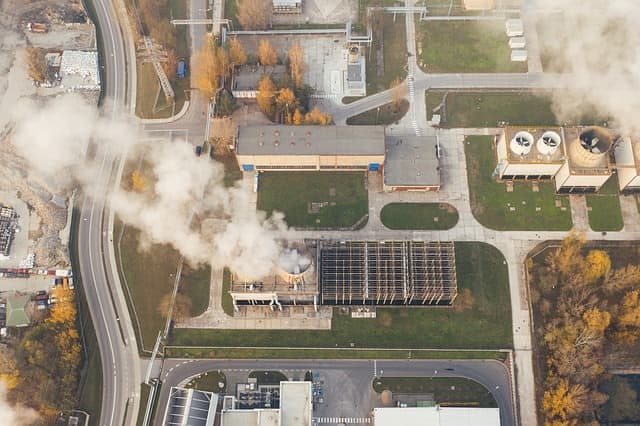The environment remains a key concern for households and businesses nationwide, with the much discussed and often controversial protests by Extinction Rebellion helping to highlight worrying sustainability trends.
Certainly people around the world are facing the question of how to grow and thrive with far fewer resources, with the rapid growth in urban populations one of the primary reasons for this (it’s estimated that around 60% of the global population will live in cities by 2030).
In this post, we’ll explore how technology is helping to reduce pollution in such areas, while asking whether advancement is helping in the ongoing fight against climate change.

Creating Greener Grids
As populations continue to grow, we’ve seen huge demands placed on transport systems and infrastructures across the globe.
To tackle this, several governments have started to adopt so-called ‘Smart City’ technology, in a bid to create safer, healthier and ultimately cleaner places in which to live.
Smart grid projects are particularly commonplace in Europe, in a bid to harness renewable energy sources and access the type of intuitive measures that can reduce congestion and emissions in real-time.
In the Netherlands, for example, more than 200 households have been equipped with renewable energy sources and tools such as smart metres, with this growing network of apps and measures now running on advanced Cloud platforms.
Related article: Types of Pollution
The Rise of Green Buildings
If you look at the world’s financial markets, you’ll see that green assets have gained in value exponentially in recent times. In terms of stocks and equities, green construction firms have fared particularly well, as developers continue to seek out sustainable materials and materials in order to create the structures of tomorrow.
In Sweden, this is a particularly common trend, with the property management firm Stockrose having already built a total of 250 buildings and 10,000 apartments for the purpose of converting these into smart and sustainable structures. This network of buildings is also managed through Cloud technology, which makes it easy to leverage hot water and heating sensors as a way of reducing consumption across the board.
Using Datasets to Target Pollution Hotspots
Some may argue that nature is more effective than technology at countering pollution, but there are definitely some ways in which innovations can be used to achieve this objective. For example, the sustained use of detailed air quality data can help administrators to identify key sources and hotspots of air pollution, before they take steps to address these specific issues directly and ensure that public budgets are spent wisely.
This can deliver huge public savings over time, especially when you consider that the NHS in the UK spends more than £20 billion each year fighting breathing diseases alone. This is also made possible by big data capabilities, which can collate information from a wide range of sources in real-time.